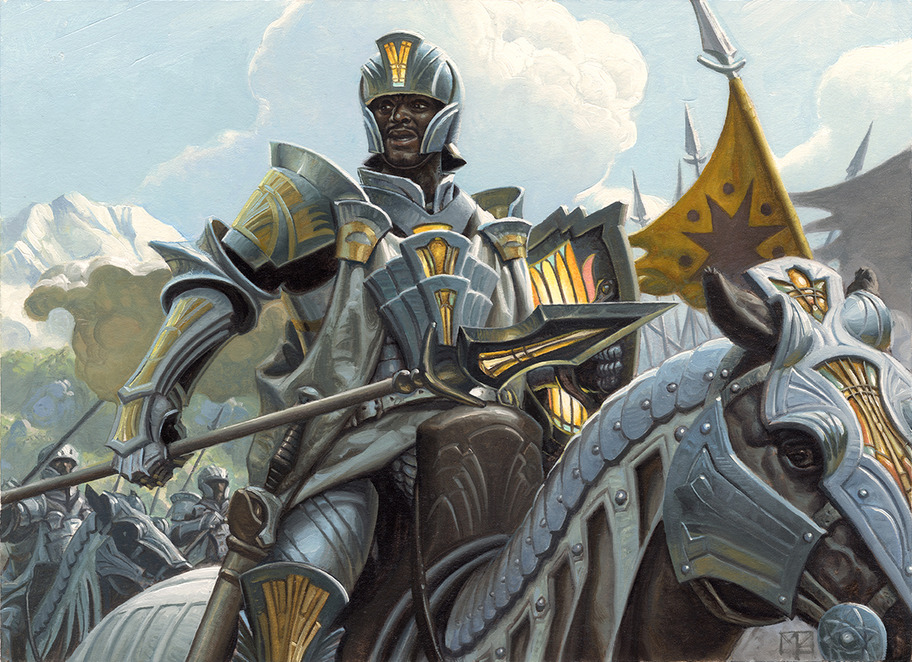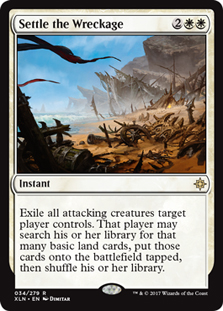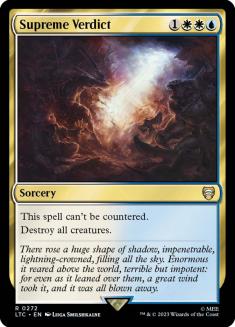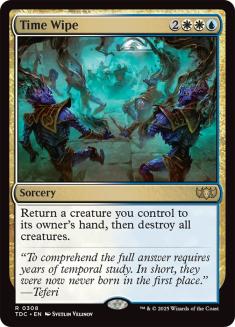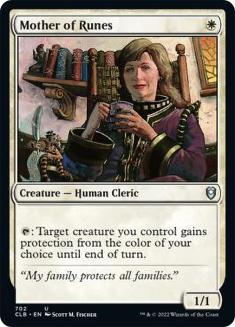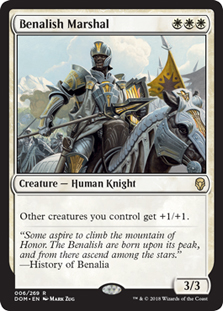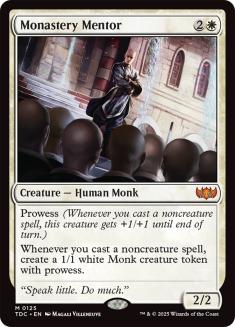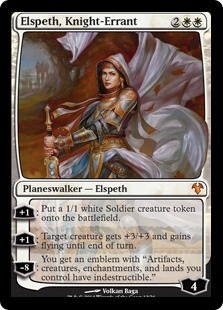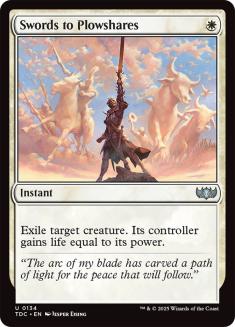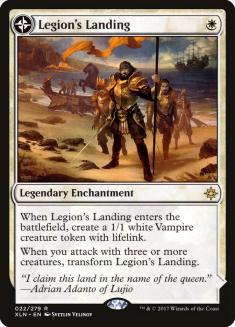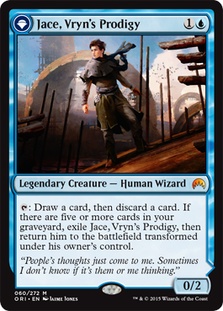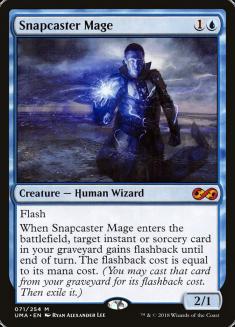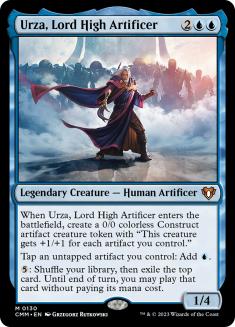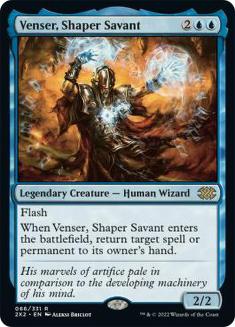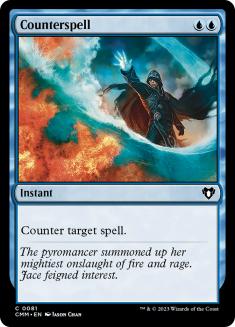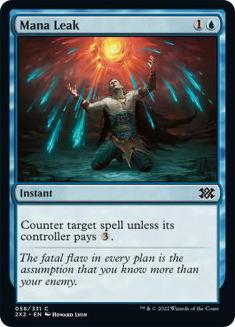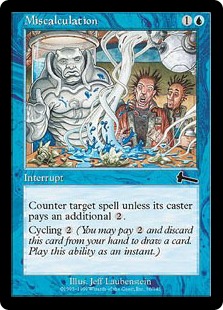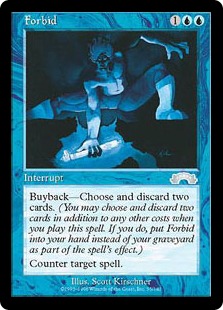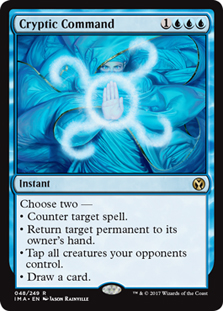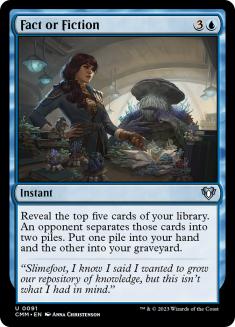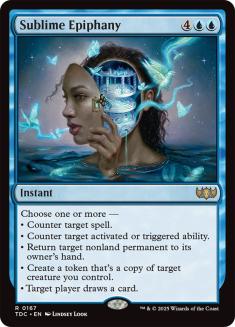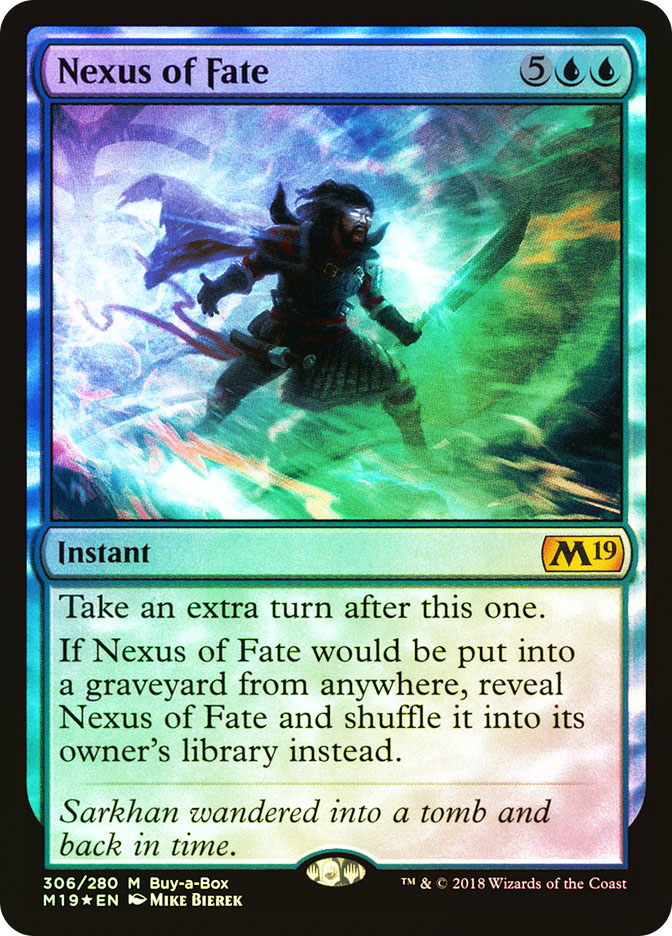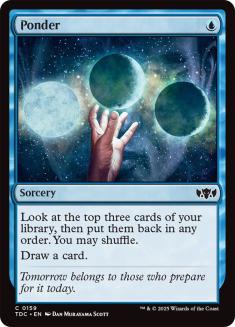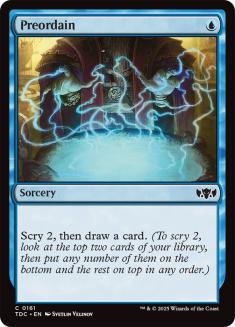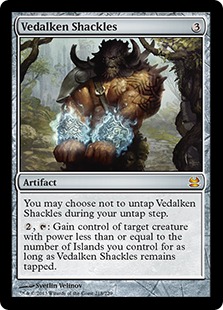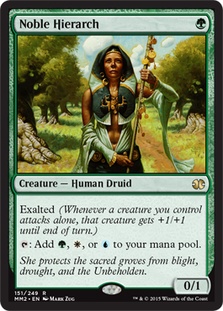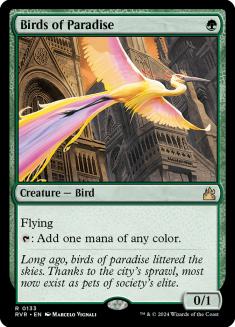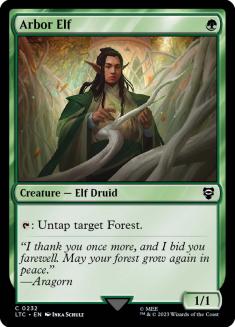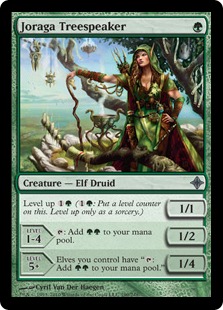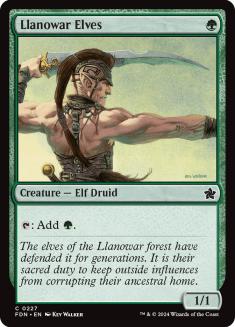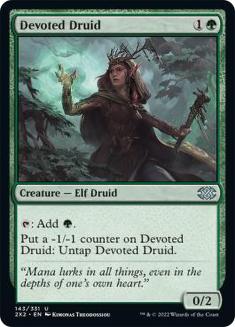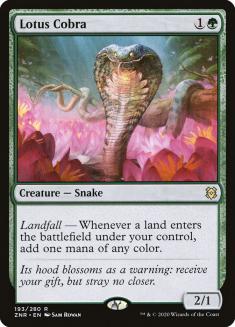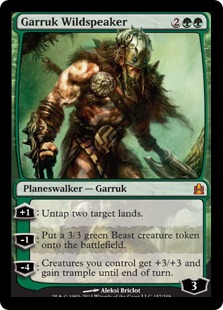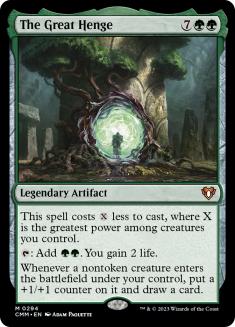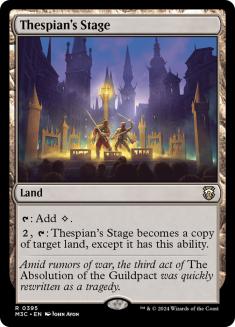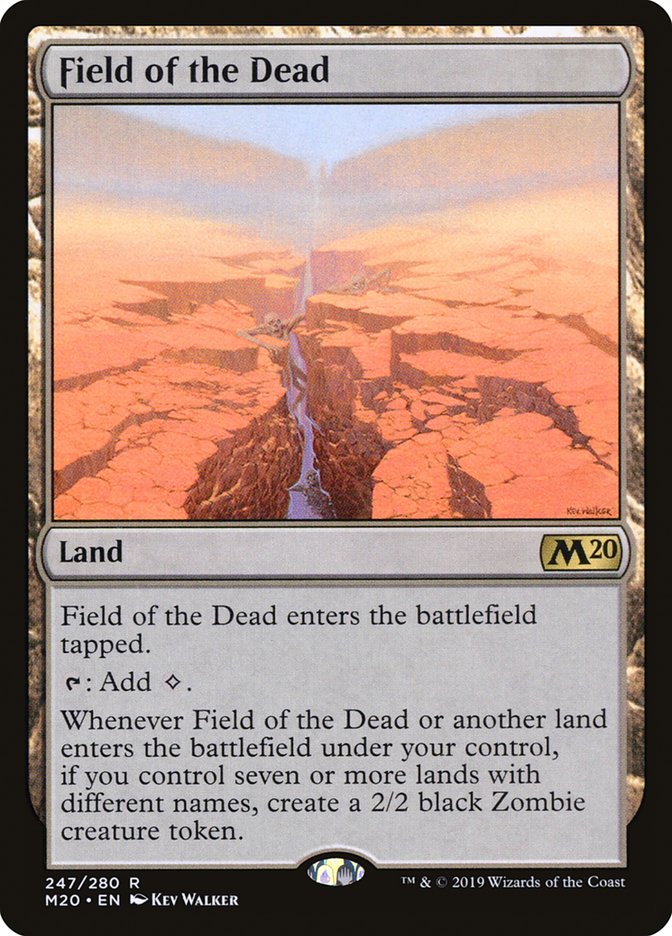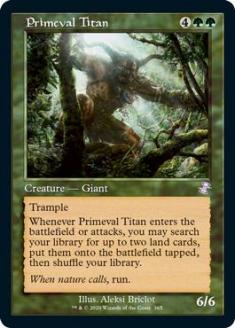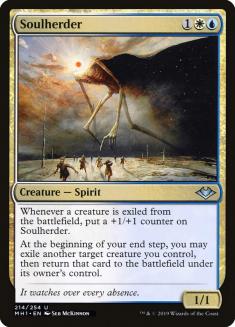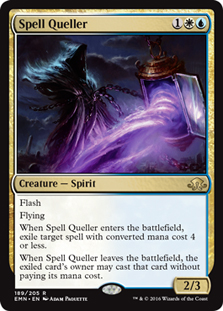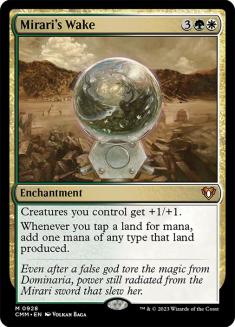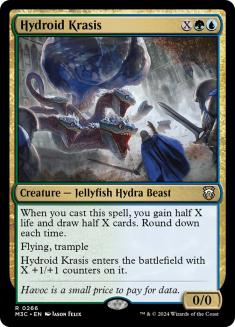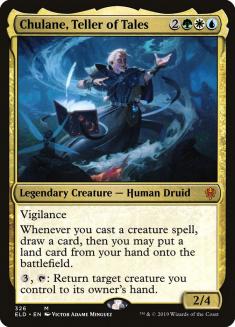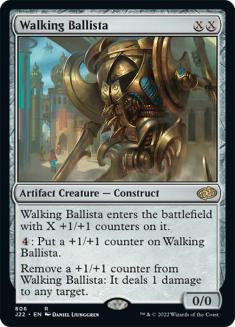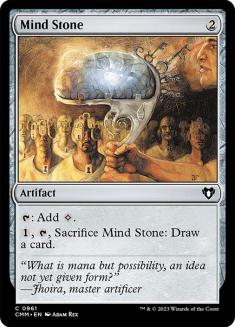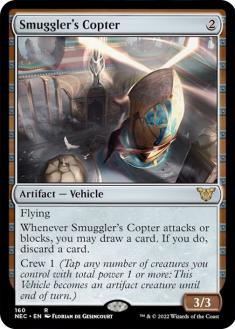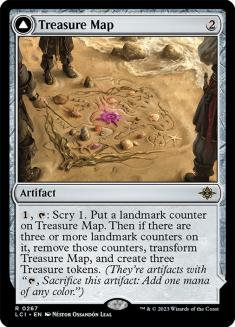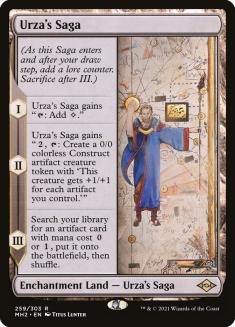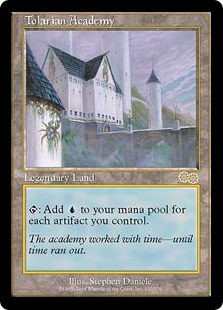It’s a busy month, gamers, and there are many Cubes to draft! If you weren’t aware, starting with this week we’ll be seeing a different Spotlight Cube on Magic Online (MTGO) every week for three weeks, followed by a two-week stretch of Legacy Cube. I’ll be here to give you the rundown of all of these Cubes as they launch, and today we’ll be starting with Autumn Burchett’s Bant Cube!
My own Grixis Cube was a lot of players’ first exposure to a Cube that excluded some of the colors of Magic, and after Ellie Rice’s Temur Cube, which will be returning next week, Autumn’s Bant Cube will be the third Cube of this fashion on MTGO. The major note that I’d like to give about three-color Cubes is that a significantly higher volume of the cards that you draft will be castable than usual, which makes drafting mono-color and three-color decks easier than usual and also means that more playable cards will be in your sideboard than usual. That’s all to say that, within the scope of playing the cards featured in the Cube, you’ll have quite a bit more agency in your approach than in five-color Cubes.
That in mind, Autumn wrote a great breakdown of supported archetypes in the Cube which is worth a read, and I’ve ported the list over to Cube Cobra for easier analysis as well. I’m very intrigued looking the list over, and am excited to find out how the Cube plays. Before I get into my usual rundown of the Cube by color, let’s talk about the significance of the Cube’s color restriction.
On the Nature of Bant
When I designed Grixis Cube part of my motivation was that high-power environments don’t lose much absent green and white. I originally planned for the Cube to be powered, but scaled it back to merely degenerate while making room for more interactive games. Bant Cube has a lot of powerful cards, but it is much lighter in the combo and general degeneracy department. The environment is much more about building cool engines than playing with broken cards. My Grixis Cube is about leaning in on what high-powered Cubes already do well, whereas Autumn’s Bant Cube is more about exploring a wider range of unique archetypes.
Beyond that, excluding black and red does remove a lot of the avenues for interaction that you would see in most Cubes. Your opponent won’t be making you discard any cards from your hand, and creature removal is a bit harder to come by. This will make cheap white removal spells like Swords to Plowshares and counterspells all the more valuable, and they’re already very high picks in most non-color-restricted Cubes.
Now let’s get down to brass tacks.
White
If you’re drafting an aggressive deck in this Cube, odds are your deck is white. There’s a good spread of cheap creatures here that can either stick to colored spells but also offers some powerful pairings with the artifact column of the Cube.
The Cube is pretty light on planeswalkers and you won’t find traditional white staple Gideon, Ally of Zendikar here, which leads me to believe that creature-lands such as Mishra’s Factory, Mutavault, and Cave of the Frost Dragon will be even more important for the aggressive decks than usual. The other archetypes in the Cube look like they can really snowball in a hurry around Turn 4, which also places heightened importance on cards like Thalia, Guardian of Thraben and Mana Tithe. I’m sure that the white aggressive decks can be successful, but I’m more averse to them here than I would be in Vintage Cube.
On the controlling side of things, you’ll want to be aware of which sweepers are present in the Cube. You won’t find Wrath of God or Day of Judgment here, so if you’re looking for a mono-white option you’ll have to stick to fancier cards like Hour of Revelation and Terminus. Settle the Wreckage is present though, and if you go into blue you’ll find both Supreme Verdict and Time Wipe, so I’d imagine that controlling decks would generally be Azorius or the full Bant.
Blue and green are the two best colors in a lot of these 540-card Cubes, and at a glance that’s my assessment of Bant Cube as well. That’s going to make white the third-best color, or as some would call it, “the worst.” Even still, there’s plenty of merit to a lot of what white is getting up to and I’d be happy to first-pick any of the following:
I’ll mostly be interested in playing white in my controlling decks and keeping my ear to the ground for when the beatdown decks are open and advantageous to draft in my seat. I also see white as an important color for blink decks with cards like Soulherder, but I see locking down good blue cards as a higher priority for those decks. The last point I want to make on white is that there are quite a lot of four-drops, and unless you’re drafting one that serves a very specific purpose, I would consider costing four a point against drafting a card highly.
Blue
I won’t lie, I was hoping to see Curious Obsession here. Pteramander, Spectral Sailor, and Brineborn Cutthroat do offer some of that Mono-Blue Aggro touch, but for the most part it’s looking like the usual suspects of cantrips, counterspells, and card advantage are the story of the blue column.
I’ll probably try to draft a Storm deck any time I see Brain Freeze, though as Autumn points out they don’t always come together, which isn’t terribly different from Storm in any other Cube. What is different from how you might know it in other Cubes is Tinker. Generally I consider that card a very high pick, though with the best hits abstractly being Sundering Titan in a three-color Cube, Myr Battlesphere, and God-Pharoah’s Gift and with only a handful of mana rocks I imagine that Tinker is merely “quite good” here instead of the usual “totally broken.”
If you’re playing to win, blue looks like your best bet, and sticking to the classically powerful stuff should work well for you. The following is a list of blue cards that I expect to see in a lot of winning decks and that I would happily first-pick:
Generally speaking these are cards you’ll be very happy to have no matter what style of deck you draft, and some of them are just incredibly powerful options to build your deck around. Nexus of Fate looks like the easiest access engine to build towards in the Cube and I wouldn’t be surprised if it was also the most powerful. That card has been incredibly powerful in every Cube I’ve drafted it in, and I wouldn’t expect things to be any different here.
Blue looks to be the color in the Cube best fit for drafting a mono-color deck, and just generally is the color with the most powerful cards. I intend to go out of my way to draft blue in this Cube, and by the nature of a Bant Cube this should be doable more often than not.
Green
Green is your home for most of the Cube’s mana acceleration, some land synergies, and some additional tools for the beatdown decks. If you want to attack you’ll likely end up Selenya some percentage of the time, though for the most part I’m sticking to the usual mana acceleration and big-stuff plan. These are the green cards that I’m looking to first-pick:
It’s worth noting that the absence of red and black raises the stock on Devoted Druid and Joraga Treespeaker significantly. When your mana creatures live more often than not, things can get out of hand very quickly.
You don’t see the same top-end with cards like Avenger of Zendikar and Craterhoof Behemoth that you would in Legacy or Vintage Cube here, but there’s no shortage of powerful things to do once you can generate a mana advantage. Cards like The Great Henge; Toski, Bearer of Secrets; and Lifecrafter’s Bestiary look to be the most common ways for green decks to stock up and make big plays into the late-game, and I wouldn’t overlook Harmonize to this end either.
At the risk of beating a dead horse, I’d look to pair green with blue more often than not so that my expensive cards look like Sublime Epiphany and Nexus of Fate. Lonis, Cryptozoologist is another powerful tool for green creature decks, and if you can pair it with Urza, Lord High Artificer, things get filthy.
Lastly, the lands theme in green is worth paying attention to. You won’t always be able to pair Thespian’s Stage with Dark Depths, but when you do you should be able to end up with a good number of tutors for those cards with Crop Rotation, Elvish Reclaimer, and a few others making the rounds. I’d try to wheel those cards given that their success is largely contingent on drafting them all together, but Field of the Dead is a land that I’d draft fairly highly that functions as a very low-maintenance win condition. All of these cards also make Primeval Titan a more appealing option than usual.
Gold
The gold section in this Cube does a great job of offering unique effects when you pair the individual colors together, such as the Azorius sweepers being more desirable than the mono-white options as I mentioned before. This is also where we find Staggering Insight, which I suppose will have to do in Curious Obsession’s absence, and honestly makes more sense with white being the aggressive color of the Cube.
The Selesnya section primarily offers support to the +1/+1 counters theme, which I suspect generally performs worse than more generically powerful options, but do suspect that the sacrifice combo with persist creatures, ways to make them re-enter the battlefield without -1/-1 counters, and sacrifice outlets that Autumn outlined in their article is worth keeping an eye out for at the very least.
These are the gold cards that I’m most interested in first-picking:
I consider Spell Queller to be a pretty weak card for most Cubes, but then again most Cubes have Lightning Bolt! This may very well be the best Cube for Spell Queller ever built, and I expect decks that are heavy on countermagic and flash threats are great in this Cube. On that note, this is also possibly the best Yorion, Sky Nomad Cube ever built given that it will be relatively easy to play every card that you draft, though I wouldn’t pick that one as highly.
I’ll repeat the general note that it’s much easier to cast in Bant Cube than in Cubes featuring all five colors, and that you should more or less consider gold cards to be as castable as their mono-color counterparts and evaluate cards more in terms of abstract power level than castability.
Artifacts
Here we see some additional support for aggressive decks that overlaps with the +1/+1 counters theme, not unlike what we see in Emma Handy’s Proliferate Cube. My experiences with these decks in Cube leads me to believe that the support for artifact aggro is a bit light to see these decks consistently perform, but if the archetype is open I can imagine the best versions performing well. I do really like that the Cube is light on mana rocks which makes Mox Opal almost specifically for these beatdown decks.
Once again, when it comes to artifacts I’ll be looking for classically powerful cards first, and these are the ones I’d most like to first-pick:
My love of Treasure Map is known at this point, but I don’t know if I’ve ever properly sung Walking Ballista’s praises. I’ve played the card in a bunch of different environments and it may just be the most perfect artifact for Cubes broadly. It’s just good in every Cube in every deck, and doesn’t get picked highly enough. Being one of few answers to mana creatures also makes it even more valuable than normal in Bant Cube.
Lands
I’ve mentioned some of the creature-lands, Dark Depths combo, and Field of the Dead in previous sections, though there are a couple more powerful lands worth noting in the Cube. Chief among them are Urza’s Saga and Tolarian Academy.
Even if I’m somewhat medium on the artifact beatdown decks, these cards don’t require all that many artifacts to be powerful. I’m happy to play Sensei’s Divining Top in most any non-aggressive deck, and it only takes one or two more tutorable options to get there with Urza’s Saga. Tolarian Academy looks largely to be another shot in the arm for the artifact beatdown decks, but there are some ways to generate Clue tokens like Tireless Tracker that will work just fine to generate obscene quantities of mana. These cards will take a little more finesse than they do in Cubes with Signets and Talismans, but there are plenty of ways to get a lot of mileage out of them here.
Outside of that, I will be valuing Simic lands highly. Putting together everything that I’ve gone over to this point, my goal in this Cube is to draft a deck that casts Nexus of Fate early and often whenever possible, or more generally to play a bunch of good blue cards alongside some mana acceleration. When in doubt about a pick, I don’t see drafting a Simic land going poorly very often at all.
I’m very happy that Autumn has received a chance to share their Cube with the world. Autumn’s love of Magic is infectious, and I’ve seen Tweets about Bant Cube many times, but this will be my first opportunity to draft it. Now go forth and do Bant things!

